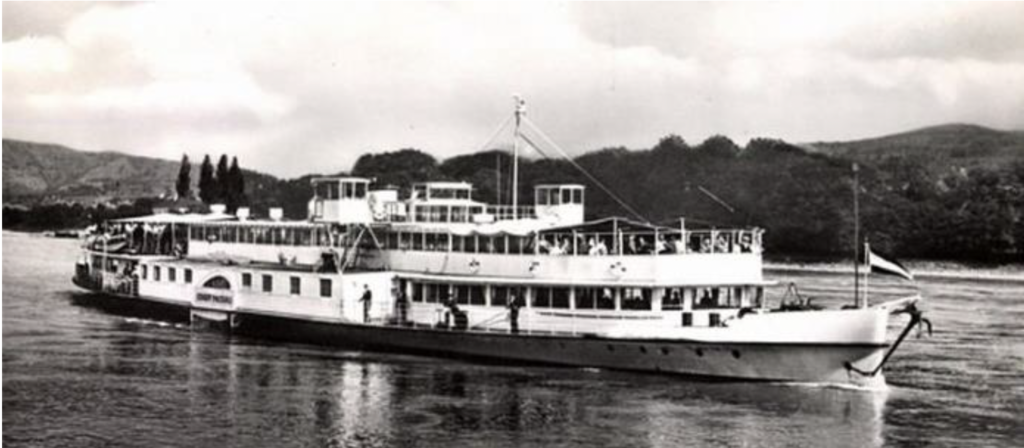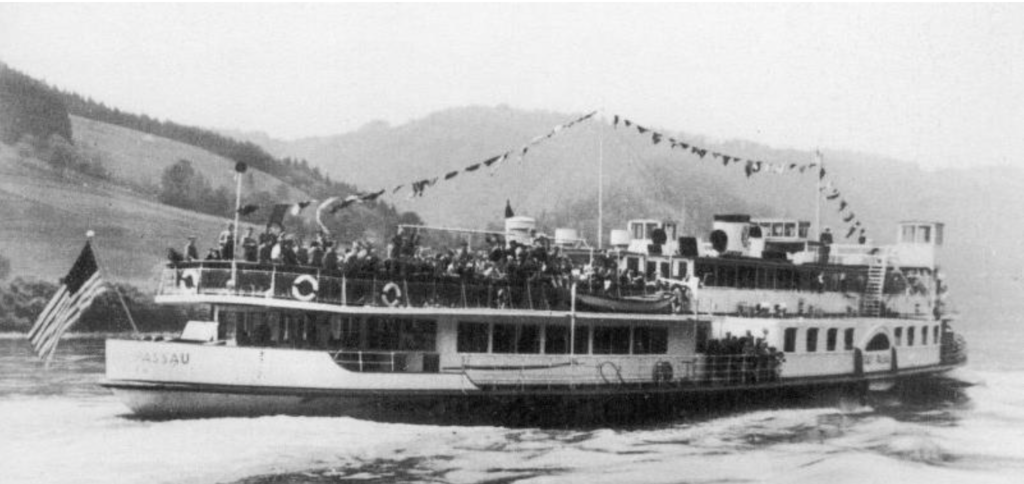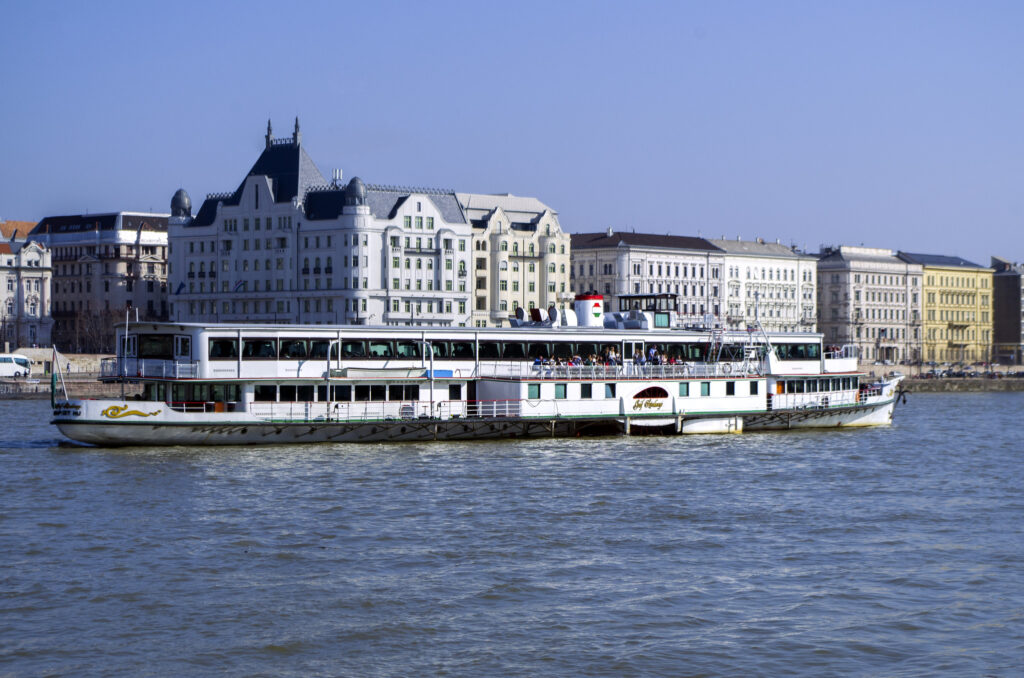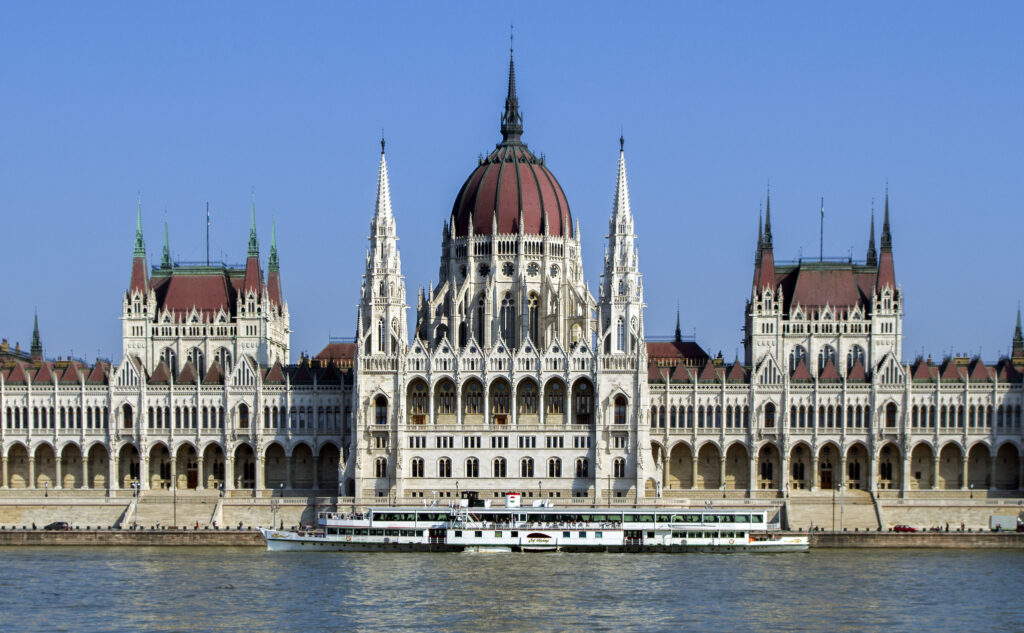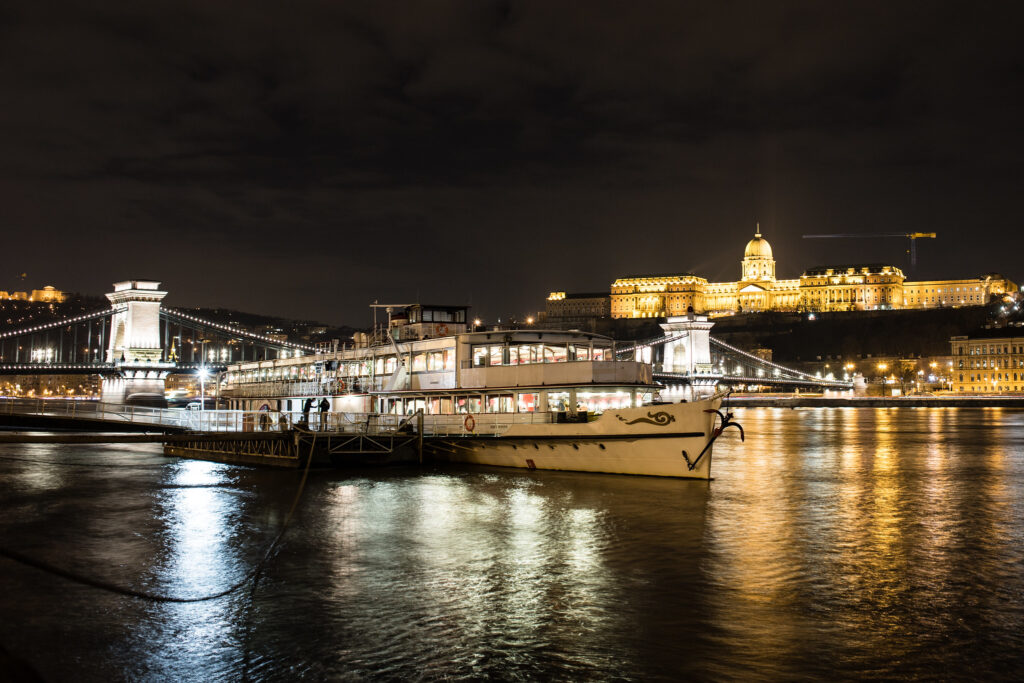
Part 1: Navigating the Past: Exploring the Evolution of Shipbuilding on the Danube
Exploring the Evolution of Shipbuilding on the Danube – From Steam to Diesel
Check out Part 2 HERE!
The Danube River, a vital waterway threading through the heart of Europe, has witnessed centuries of maritime innovation. This article, the first in a two-part series, explores the rich history of shipbuilding on the Danube, focusing on the transformation from steamboats to the modern diesel-electric vessels exemplified by the “Gróf Széchenyi,” a boat steeped in historical significance and continuing relevance in Budapest’s maritime culture.
Historical Context of Shipbuilding on the Danube: The Dawn of Danube Shipbuilding
Shipbuilding along the Danube has a storied past, with the river serving as a crucial artery for the transport of goods and people across Central and Eastern Europe. The First Danube Steamboat Shipping Company (DDSG) played a pivotal role in this history, introducing a fleet of steamboats in the 19th century that would set the standards for years to come.
The Legacy of Steam Power
Before the advent of diesel-electric technology, steamboats dominated the waters of the Danube. Built primarily in the shipyards of Óbuda, these vessels were marvels of their time, featuring intricate designs and robust engineering to withstand the demands of riverine transport. The DDSG’s steamboats, such as those from the HILDEGARDE class, were not just functional; they were floating symbols of the era’s technological and aesthetic aspirations.
From Steam to Diesel: A Technological Revolution
The shift from steam to diesel was not merely a change in propulsion technology; it represented a significant evolution in maritime engineering. The introduction of diesel-electric systems brought about more efficient and powerful vessels, capable of handling the increasing demands of pre-war Europe’s booming economy. This transition was crucial in maintaining the Danube’s role as a commercial lifeline, especially in the transport of critical resources like oil and bauxite.
The Influence of Historical Vessels on Modern Design: Inspirations from Past Vessels
The architectural design of the “Gróf Széchenyi,” originally known as STADT PASSAU, owes much to its predecessors. The influences from earlier ship classes are evident in its construction, blending traditional aesthetics with modern technological needs. This continuity in design not only honors the legacy of past craftsmen but also ensures that the vessel remains a functional part of Budapest’s naval architecture.
Preserving Maritime Heritage
The preservation of ships like the “Gróf Széchenyi” offers invaluable insights into the technological and cultural shifts over the centuries. By maintaining these vessels and keeping them operational, Budapest not only cherishes its maritime past but also educates future generations about the evolution of shipbuilding technology.
In conclusion, the transformation of shipbuilding on the Danube from steam to diesel power marks a significant chapter in the history of maritime engineering. The “Gróf Széchenyi” stands as a testament to this evolution, bridging the past and present of naval architecture. Stay tuned for Part 2, where we will explore the current role of the “Gróf Széchenyi” as a cultural and educational landmark in Budapest.
Check out Part 2 HERE!
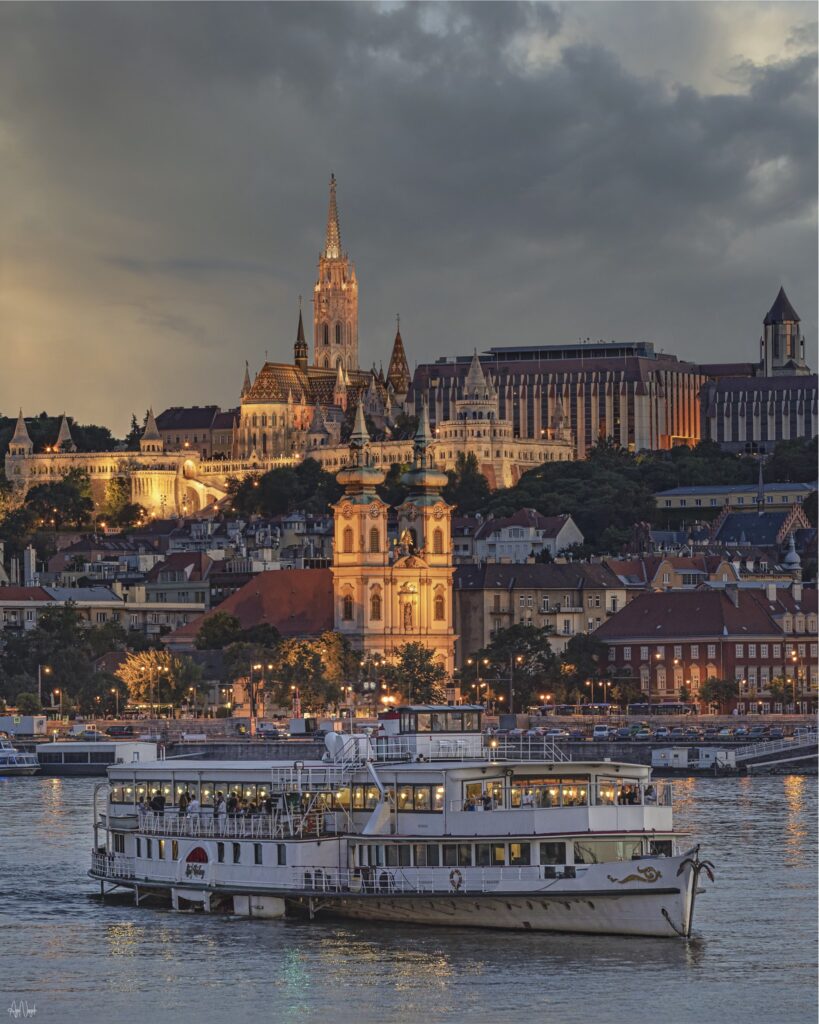
Cruises
The Gróf Széchenyi nostalgic ship is currently Budapest’s only functioning paddle-wheel, two-story ship. The unique stained glass ceiling of the renovated ship with its specially designed carpeting, and special deck are guaranteed to dazzle all guests.
